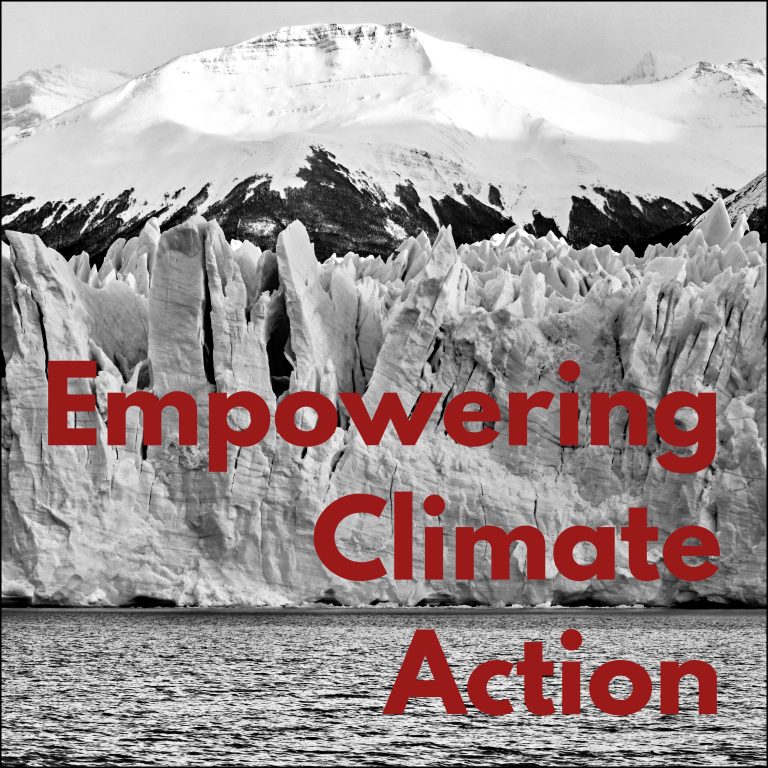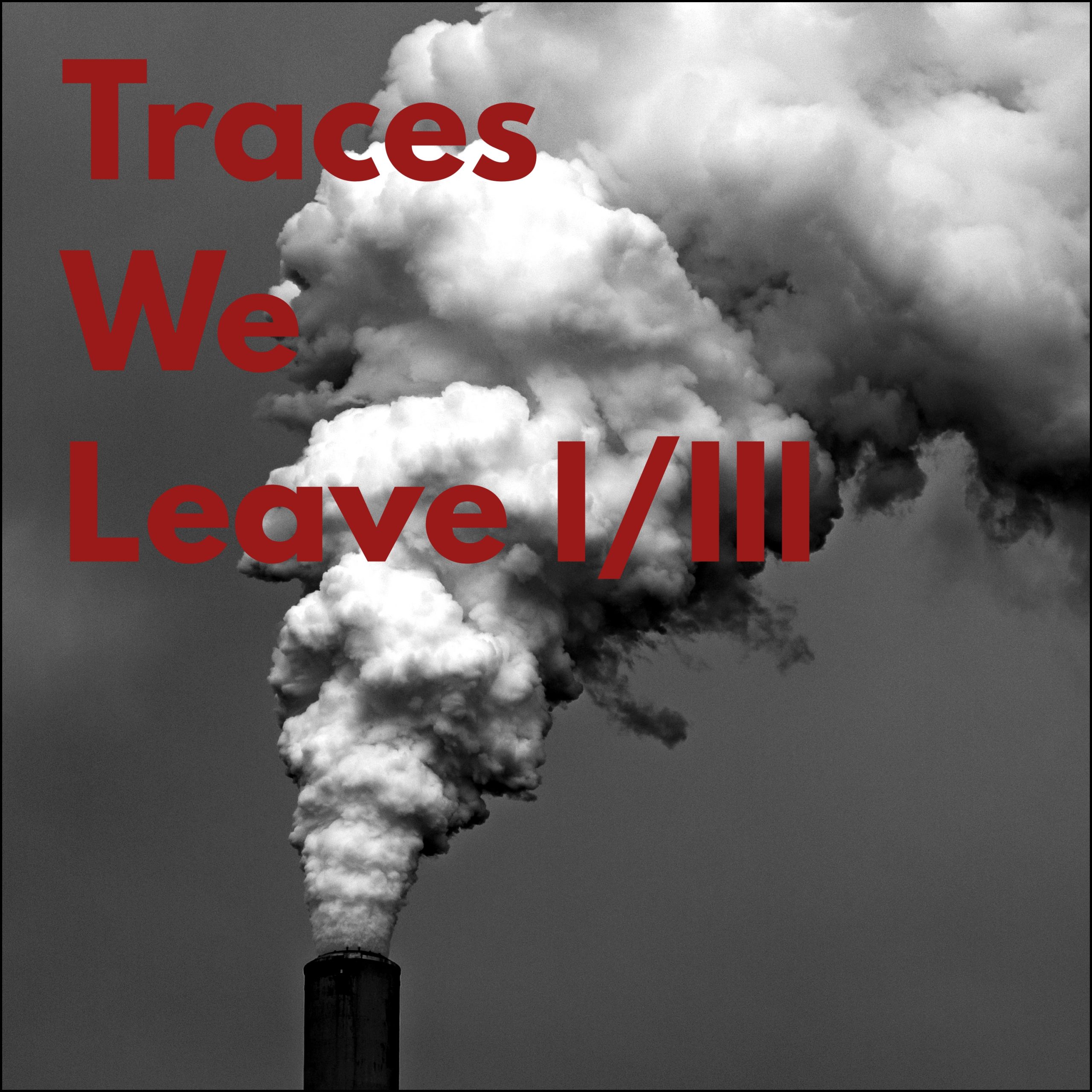Over the past 30 years, the number of extreme weather events has more than doubled in Latin America and the Caribbean. Climate scientists warn that temperatures in the region are rising faster than the global average. These changes are not just environmental – they are human – disrupting access to clean water, reducing crop yields, accelerating rural displacement, and undermining economic and public health systems. The World Bank estimates that without urgent action, climate change could push more than 17 million people in Latin America into poverty by 2030. Meeting development goals while reducing climate risk will demand removing barriers for climate investments and bridging social divides that hold back economic and climate security across the region. Despite these challenges, the opportunity for Latin America and the Caribbean to be leaders in climate solutions is high, with bountiful and diverse natural resources providing indispensable tools for confronting climate change and global leadership in renewable energy. Helping the region unlock this potential should be at the forefront of development and investment goals.
Deetken Impact, a Canadian-based fund manager, is dedicated to strengthening climate resilience across the Latin American and Caribbean (LAC) region while improving lives, vitalizing economies, and advancing gender equality. Founded in Vancouver, the majority of its staff are located in Latin America, where the company manages 150 million USD across 17 countries from Mexico to Argentina. Its funds primarily focus on tailoring flexible financial instruments to support the unmet needs of small and medium sized businesses with green finance products, resilient agriculture, clean energy and storage, energy efficiency, and sustainable housing and transportation. We had the opportunity to speak with Alexa Blain, Managing Partner at Deetken Impact, who shared valuable insights into the urgency, the challenges, and how innovative finance can be leveraged to support sustainable and climate resilient development across the region.
Climate Change: A Present Threat
The LAC region is increasingly experiencing the adverse effects of climate change. While accounting for less than 10% of global greenhouse gas emissions, it is the second most vulnerable region globally to extreme weather events such as heat waves, storms, and floods, as well as the onset of events such as rising sea levels. Climate-related hazards are increasing in frequency and severity, from devastating droughts in the Amazon and Andean highlands to catastrophic hurricanes in the Caribbean and Central America. In 2024, global forest loss reached unprecedented levels, with Brazil accounting for the largest share due to massive wildfires in the Amazon during the worst drought ever recorded. These environmental challenges not only devastate ecosystems but also strain infrastructure which is often ill-equipped to handle such climate shocks. The International Monetary Fund reports that the region’s infrastructure quality lags behind other countries with similar income levels, causing a loss of competitiveness and hindering economic growth.
Energy is another challenge. Many energy markets in the region continue to depend heavily on imported fossil fuels. In some countries, energy imports account for over half of total energy consumption, draining national budgets and increasing exposure to global shocks in price volatility and geopolitical risk. The problem is further compounded by outdated grid systems, limited rural electrification, and a lack of investment in decentralized energy solutions. Energy insecurity not only stunts economic development but also deepens social inequality. More than 10 million people in Latin America still lack access to electricity. This lack of access can affect education, healthcare delivery, and economic opportunity – particularly for women and children, who are disproportionately impacted by energy poverty. As Alexa Blain mentioned, “the challenges of inequality and access to basic services are prevalent for much of the population. At the same time, there’s an important opportunity to support the very dynamic entrepreneurial ecosystem that has developed. There are clear market-based solutions to these challenges if you can overcome the limited access to financing.”
The Opportunity for Climate Action
Despite climate challenges, there is immense opportunity for solutions and actions. The LAC region holds one of the world’s richest endowments of renewable energy potential. Countries like Chile, Peru, and Mexico boast some of the highest solar irradiance levels globally, while Brazil and Colombia have vast hydropower resources, and Argentina and Uruguay have made significant advances in wind energy. According to the International Renewable Energy Agency (IRENA), Latin America and the Caribbean could triple its renewable energy capacity by 2050 if the right infrastructure and policy supports are in place. Beyond renewable energy, the region is home to the largest and most biodiverse rainforest while also containing a robust and active agroforestry sector. Further, the prevalence of community-led climate projects, spearheaded by indigenous peoples, demonstrates active creativity in addressing the climate challenge. Meanwhile, companies are innovating in resilient agriculture, sustainable transportation, and sustainable housing.
From a policy perspective, the LAC country-level commitments and strategies to reduce emissions and increase climate adaptation are exemplified by the NDCs and the quickly developing green taxonomies. As Alexa Blain told us, “Because of the immediacy of the climate challenge in Latin America, people are already feeling the effects, which means that some countries are taking a more serious and responsible approach to the crisis than in developed markets. So, a lot of the national frameworks are really well aligned to climate finance investment, which can create a lot of opportunities to invest in climate focused sectors like clean energy, green lending, agriculture, sustainable transport, and sustainable housing.”
However, that potential is currently underutilized because in addition to frameworks, the transition needs capital, innovation, and a deliberate focus on financial and social inclusion. Small and medium-sized enterprises (SMEs) are uniquely positioned to drive this transition at the local level, yet these enterprises often face barriers to financing. Bridging this financing gap is essential to unlocking the region’s renewable energy future and building climate-resilient communities from the ground up. It is also key for potential job creation in climate sectors.
Facilitating Climate Finance and Social Inclusion
According to the Climate Policy Initiative, Latin America and the Caribbean account for less than 5% of global climate finance flows, far below what is needed to meet mitigation and resilience targets. And within the funding that does reach the region, much of it is concentrated in a few countries and in large-scale projects that struggle to reach local communities or SMEs. One of the biggest challenges is the scarcity of risk capital. Many of the most promising climate focused enterprises are early-stage ventures that need flexible, patient capital to scale. But equity financing in Latin America and the Caribbean is far less accessible than in more developed markets. Venture capital ecosystems remain largely nascent, and private equity activity is concentrated in a few middle-income economies like Brazil, Mexico, and Colombia.
Compounding the problem is the thinness of Latin America’s secondary markets. In regions where it’s harder to exit investments, whether through acquisitions or public markets, investors are often reluctant to provide equity in the first place. As a result, many high-impact businesses are stuck in a financing limbo: too risky for banks, too early for traditional funds, and too important to be ignored.
This provides opportunity for alternative financing approaches and instruments, such as private credit. As Alexa Blain told us, “many impact funds focus on equity and on early stage businesses. But private credit allows tailoring of debt and mezzanine instruments to the needs of growing companies with established operations. Because the secondary market is thin in emerging markets, it can be difficult to exit equity positions, so self-liquidating structures are a sweet spot. This approach can also help companies unlock more financing because it creates a base for them to raise senior debt from local capital markets. And development of local capital markets is critically important to long run sustainable growth of the economy.”
Another import consideration in the Latin American and Caribbean context is gender. Women in the LAC region exhibit remarkably high levels of entrepreneurship, despite holding only 15% of management positions. In fact, the region has one of the highest rates of female entrepreneurship globally. However, these businesses often remain informal, under-resourced, and limited in growth due to systemic barriers in access to capital, mentorship, and markets. Financing businesses that uplift women – particularly in climate-vulnerable and underserved regions – has the potential to further empower communities. This is also true in the climate and clean energy field and can be pursued with dedicated strategies. As explained to us by Alexa Blain, “economic growth, poverty reduction, and other socio-economic factors improve the fastest when women have the opportunity to achieve their full potential and have an equal role in the economy… Over the years we have developed a scorecard to understand where a company is at on their gender journey. We started with financial institutions, but now we’ve adapted this tool for businesses in clean energy infrastructure, affordable housing, and other sectors.”
The Outlook
The outlook for addressing the climate and development challenges in Latin America and the Caribbean is strong. Empowering entrepreneurs in the region will be critical, as is providing alternative financial structures that can close capital gaps and attract more investment. As Alexa Blain explained, “it’s really important to us to bring more private sector investors and institutional investors to impact investing. That’s how this investment approach will be able to scale and mainstream. We’re really excited to be working with Broadpeak because they understand that and share our vision.” Deetken Impact’s latest fund, the Inclusive Climate Action Fund (ICAF), is designed specifically to be attractive for institutional private credit investors with a broadly diversified portfolio by sector. “It’s a compelling opportunity for investors to access attractive investment opportunities in exceptional businesses that are confronting climate change with sustainable, market-based solutions, and that brings together our expertise in climate action and inclusive investing at scale.”
While LAC is a region that is often overlooked by international investors, its potential for impact is immense. Facilitating capital flows to the robust ecosystem of entrepreneurs and the strong opportunities for climate finance are empowering the region forward in its green transition. The downstream effects can be significant, and contribute to sustainable and inclusive development that spreads across the economy.





